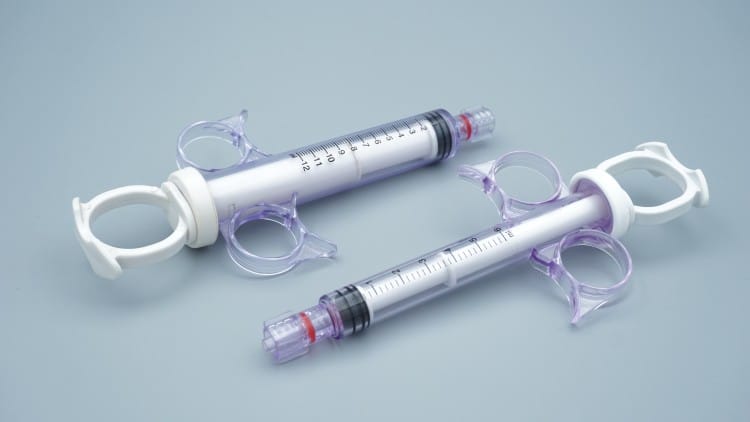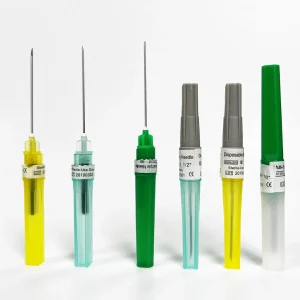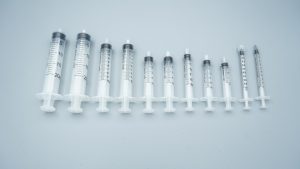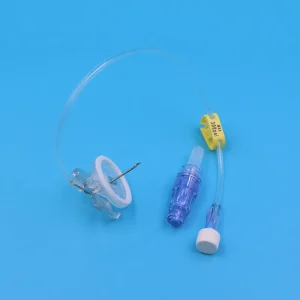In today’s advanced medical imaging landscape, angiographic procedures have become the gold standard for cardiovascular disease diagnosis and treatment. The angiography high pressure injector serves as the cornerstone of this technology, where safety and operational convenience directly impact examination success rates and patient outcomes. This comprehensive guide explores how next-generation angiography high pressure injectors deliver superior clinical performance through innovative design and enhanced user experience.
What is an Angiography High Pressure Injector?
An angiography high pressure injector is a specialized medical device engineered for precise, rapid contrast media delivery during angiographic procedures. This sophisticated system utilizes programmable pressure and flow control mechanisms to ensure contrast agent injection reaches target vascular regions with optimal velocity and pressure, producing crystal-clear vascular imaging.
Core Components of Modern Injector Systems
Today’s angiography high pressure injectors feature several critical components:
Control Console: Houses the microprocessor control system, user interface display, and safety monitoring modules – serving as the device’s intelligent command center.
Injection Head: Executes actual contrast media injection, typically featuring dual-head design accommodating both contrast agents and saline solution simultaneously.
Pressure Monitoring System: Provides real-time pressure surveillance, ensuring operations remain within safe parameters.
Tubing System: Connects the injector to patient catheters through sterile, single-use pathways, guaranteeing contamination-free delivery.
Control Handle: Primary operator interface supporting both manual and automated injection modes.
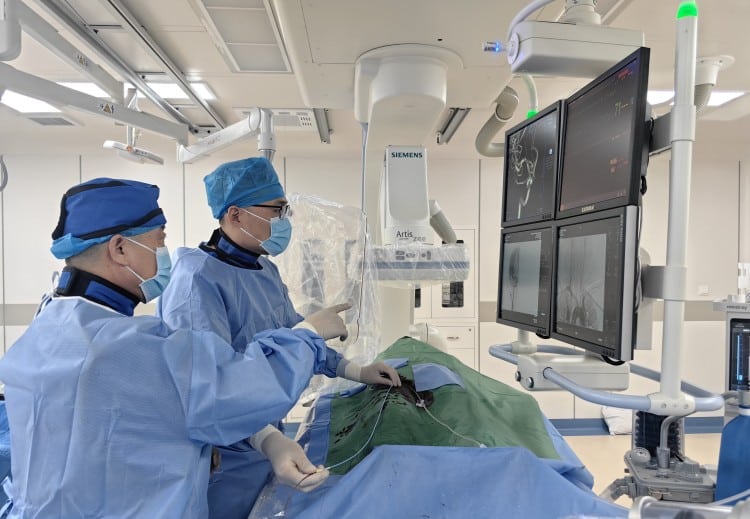
Primary Applications for Angiography High Pressure Injectors
Angiography high pressure injectors serve diverse medical specialties with specific application requirements:
Cardiovascular Disease Management
Coronary Angiography: The most prevalent application for angiography high pressure injectors. Essential for diagnosing coronary artery disease and myocardial infarction, requiring precise contrast injection speed and pressure control for optimal coronary vessel opacification.
Percutaneous Coronary Intervention (PCI): During stent placement and balloon angioplasty procedures, rapid response capability from the high pressure injector proves crucial for repeated imaging confirmation.
Neurovascular Imaging
Cerebral Angiography: Critical for diagnosing cerebral aneurysms, arteriovenous malformations, and stroke conditions. Delicate cerebral vessels demand extremely precise pressure and flow rate control.
Carotid Angiography: Evaluates carotid stenosis severity, providing guidance for carotid endarterectomy or stent placement procedures.
Peripheral Vascular Applications
Lower Extremity Angiography: Diagnoses peripheral arterial disease and diabetic foot complications, typically requiring substantial contrast media volumes and specialized injection protocols.
Renal Angiography: Assesses renal artery stenosis, guiding renal artery stent placement or balloon angioplasty interventions.
Specialized Examination Scenarios
CT Angiography (CTA): Coordinates with CT equipment for vascular imaging, demanding precise contrast injection timing control.
Emergency Angiography: During acute myocardial infarction and aortic dissection emergencies, device reliability and rapid startup capabilities become life-critical.
Department-Specific Requirements
Cardiology Departments: Prioritize pressure control precision and operational convenience for extended examination periods.
Neurosurgery Units: Demand the highest fine control capabilities, requiring extremely accurate small-volume injection precision.
Vascular Surgery: Involves extensive vessel segment imaging, necessitating high-capacity and continuous injection capabilities.
Emergency Departments: Require rapid device activation, simplified operation, and guaranteed reliability during critical situations.
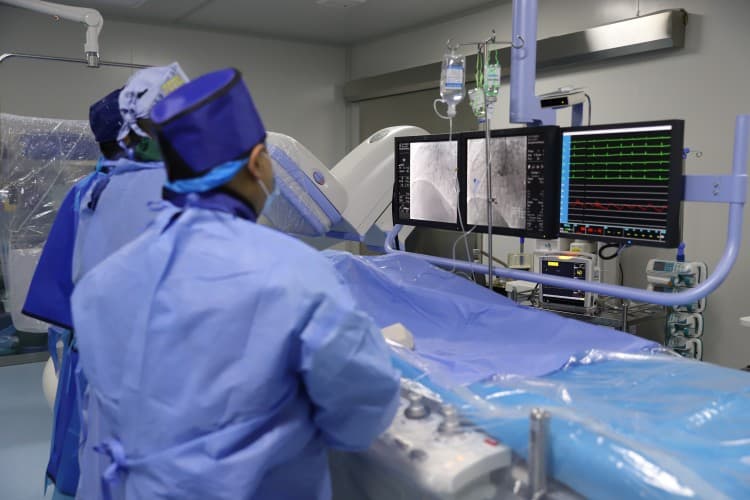
Enhanced Safety Design Features
Intelligent Pressure Monitoring Systems
Modern angiography high pressure injectors incorporate advanced intelligent pressure monitoring that continuously tracks injection pressure variations. When pressure exceeds safety thresholds, the system immediately triggers alarms and automatically terminates injection, effectively preventing vascular damage or contrast extravasation complications.
Multi-Layer Safety Protection Mechanisms
Devices employ comprehensive safety protection including:
- Pressure Limitation Protection: Establishes maximum pressure limits preventing accidental over-pressurization
- Flow Rate Control Protection: Precisely manages contrast agent injection velocity, avoiding rapid injection risks
- Temperature Monitoring Protection: Real-time contrast temperature surveillance ensuring appropriate injection temperatures
- Self-Diagnostic Capabilities: Built-in fault detection for proactive problem identification
Ergonomic Design Excellence
Injector handles feature ergonomic design matching physician operation patterns, reducing fatigue during extended procedures. Anti-slip materials and balanced weight distribution ensure stable control throughout lengthy operations.
Streamlined Operation Experience
Intuitive User Interface
Next-generation angiography high pressure injectors feature large-screen color touchscreens with intuitive interface design. Physicians easily monitor injection parameters, pressure curves, and flow rate changes, enabling one-touch operation.
Pre-Programmed Protocol Functions
Devices include multiple preset injection programs optimized for different examination types (coronary angiography, cerebrovascular imaging, peripheral angiography). Physicians simply select appropriate programs for automatic optimal injection parameter configuration.
Rapid Connection Systems
Quick-connect systems streamline contrast tubing connections, reducing preparation time. Standardized interfaces ensure connection reliability and leak-proof sealing.
Remote Control Functionality
Remote operation capabilities allow physicians to control injections from radiation-protected areas, safeguarding medical staff from radiation exposure while maintaining operational precision.
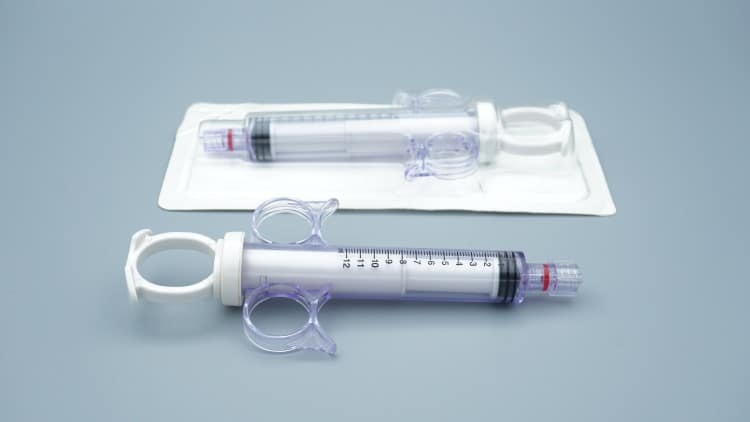
Technology Innovation Highlights
Precision Flow Control Technology
Stepper motor drive systems achieve 0.1ml/s precision flow control. Whether slow injection or rapid bolus delivery, systems maintain consistent flow rate output ensuring reproducible imaging results.
Intelligent Contrast Management
Devices feature smart contrast media management, automatically calculating required contrast volumes, minimizing waste. Systems record injection volumes and parameters for quality control and data analysis.
Universal Compatibility Design
Modern angiography high pressure injectors offer excellent compatibility with various imaging equipment brands and catheter systems, providing flexible upgrade options for healthcare facilities.
Clinical Application Advantages
Enhanced Examination Success Rates
Precise pressure control and flow rate adjustment ensure uniform contrast distribution, producing clear vascular images and improving diagnostic accuracy.
Reduced Complication Risks
Multi-layer safety mechanisms effectively reduce contrast extravasation and vascular spasm complications, enhancing examination safety.
Improved Workflow Efficiency
Simplified operation procedures and preset protocols reduce examination time, improving efficiency and enabling physicians to serve more patients.
Enhanced Patient Experience
Precise injection control minimizes patient discomfort, shortens examination duration, and improves overall healthcare experience.

Selecting Quality Angiography High Pressure Injector Suppliers
Choosing the right angiography high pressure injector supplier critically impacts hospital equipment procurement decisions. Here are key evaluation criteria for quality supplier selection:
Technical Expertise and Product Quality
Research & Development Capabilities: Quality suppliers demonstrate strong autonomous R&D capabilities, continuously introducing technologically advanced products. Evaluate innovations in pressure control technology, safety protection systems, and human-machine interfaces.
Quality Certifications: Verify supplier products have obtained FDA, CE, NMPA approvals and comply with ISO 13485 medical device quality management standards.
Clinical Validation: Understand product performance in renowned hospitals worldwide, focusing on device reliability, failure rates, and user satisfaction.
Product Technical Specifications
Core Technical Indicators:
- Pressure Control Accuracy: Quality products achieve ±2% pressure control precision
- Flow Rate Range: Should cover 0.1-30ml/s broad flow velocity range
- Response Time: Startup to target pressure achievement under 0.5 seconds
- Safety Protection Level: Multiple independent safety protection mechanisms
Innovation Features:
- Smart Injection Programs: Built-in optimized protocols for different examination types
- Data Management Capabilities: Integration with hospital PACS and HIS systems
- Remote Diagnostics: Remote fault diagnosis and technical support capabilities
Service Capability Assessment
Installation and Commissioning Services:
- Professional on-site installation and commissioning
- Comprehensive and practical operation training
- Standardized acceptance testing procedures
After-Sales Service System:
- National service network coverage
- Emergency response time commitments (recommended 4-hour response)
- Spare parts supply guarantee capabilities
- Technical support team professional expertise
Maintenance Services:
- Regular maintenance schedules
- Preventive maintenance measures
- Equipment upgrade services

Commercial Cooperation Factors
Price Competitiveness: Consider not only equipment purchase price but total cost of ownership including consumables, maintenance, and energy consumption.
Payment Terms: Flexible payment options including installment plans and leasing arrangements.
Warranty Commitments:
- Warranty period length (minimum 2 years recommended)
- Warranty scope and free repair coverage
- Post-warranty service fee standards
Supplier Qualification Evaluation
Company Strength:
- Establishment history and development track record
- Registered capital and operational scale
- Market share and industry positioning
Certification Documentation:
- Medical device manufacturing licenses
- Medical device distribution permits
- Product registration certificates
- ISO quality management certifications
Reference Cases:
- Installation quantities in tertiary hospitals
- Key customer testimonials and usage feedback
- Industry reputation and credibility
Selection Recommendations
Multi-Vendor Comparison: Evaluate 3-5 suppliers simultaneously across technology, service, and pricing dimensions.
Site Visits: When possible, visit supplier manufacturing facilities and typical user hospitals.
Trial Evaluations: Request equipment trial opportunities for hands-on physician experience.
Expert Consultation: Consult industry experts and peer hospitals for objective assessments.
Long-Term Partnership: Select suppliers capable of providing long-term technical support and upgrade services.
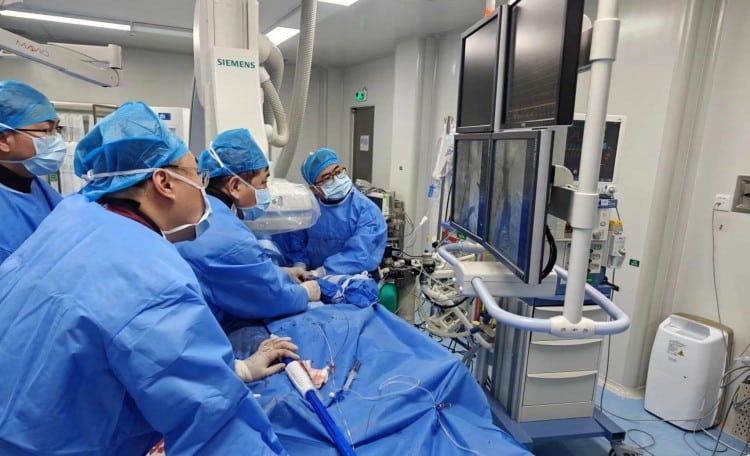
Equipment Selection and Procurement Guidelines
Hospital Needs Assessment
Before selecting angiography high pressure injectors, hospitals should clarify requirements:
Examination Volume Assessment: Choose appropriate equipment specifications based on annual angiography volumes, avoiding over-capacity or insufficient capability.
Departmental Requirements: Different departments have varying equipment needs – consider cardiology, neurosurgery, and vascular surgery specific requirements.
Budget Planning: Develop comprehensive equipment procurement budgets including device costs, installation, training, and maintenance.
Technical Parameter Comparison
Focus on these critical technical specifications during equipment selection:
Pressure Range: Generally require 0-1200psi (0-83bar) to meet diverse angiographic examination needs.
Flow Rate Range: 0.1-30ml/s flow velocity range accommodates different vascular imaging requirements.
Injection Precision: Pressure accuracy should achieve ±2%, flow rate accuracy ±5%.
Response Time: Device response time under 0.5 seconds ensures real-time operation.
Future Development Trends
Artificial intelligence and IoT technology advancement will drive angiography high pressure injector evolution toward increased intelligence:
- AI-assisted injection parameter optimization
- Cloud-based data analysis and quality control
- Personalized injection protocols with enhanced precision
- Deep integration with hospital information systems
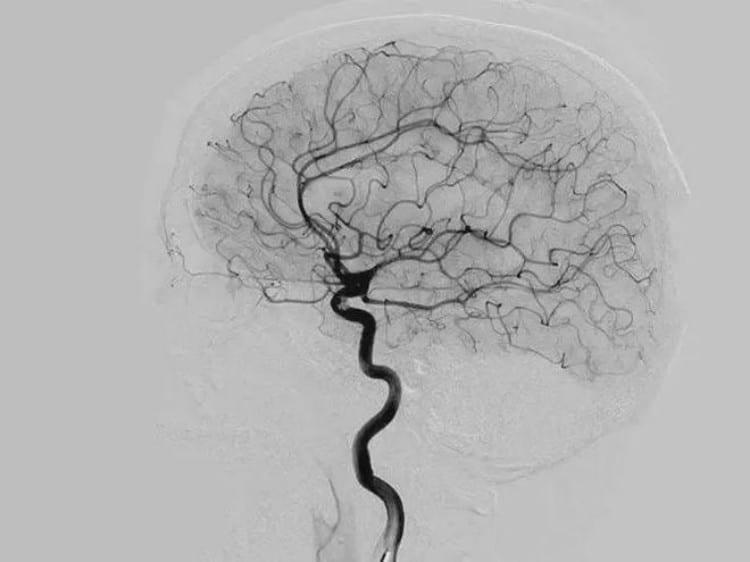
Maintenance and Service Excellence
Intelligent Maintenance Reminders
Devices feature smart maintenance alerts based on usage patterns, ensuring optimal performance maintenance.
Comprehensive After-Sales Support
24/7 technical support services with professional engineering teams providing immediate problem resolution. Regular device calibration and maintenance services ensure long-term stable operation.
Conclusion
Angiography high pressure injector technological advancement reflects the medical device industry’s relentless pursuit of safety and convenience. Through enhanced safety design and streamlined operation, next-generation devices not only improve examination quality and efficiency but provide superior protection for patients and medical staff.
Selecting an excellent angiography high pressure injector means choosing safer, more efficient medical services. These technological innovations will continue advancing angiographic techniques, creating new possibilities for cardiovascular disease diagnosis and treatment.
Investing in advanced angiography high pressure injector equipment represents an investment in medical quality and patient safety responsibility. Together, let’s embrace a safer, more convenient angiographic era.
Learn more about angiography high pressure injector products by contacting our professional team for personalized solutions.

